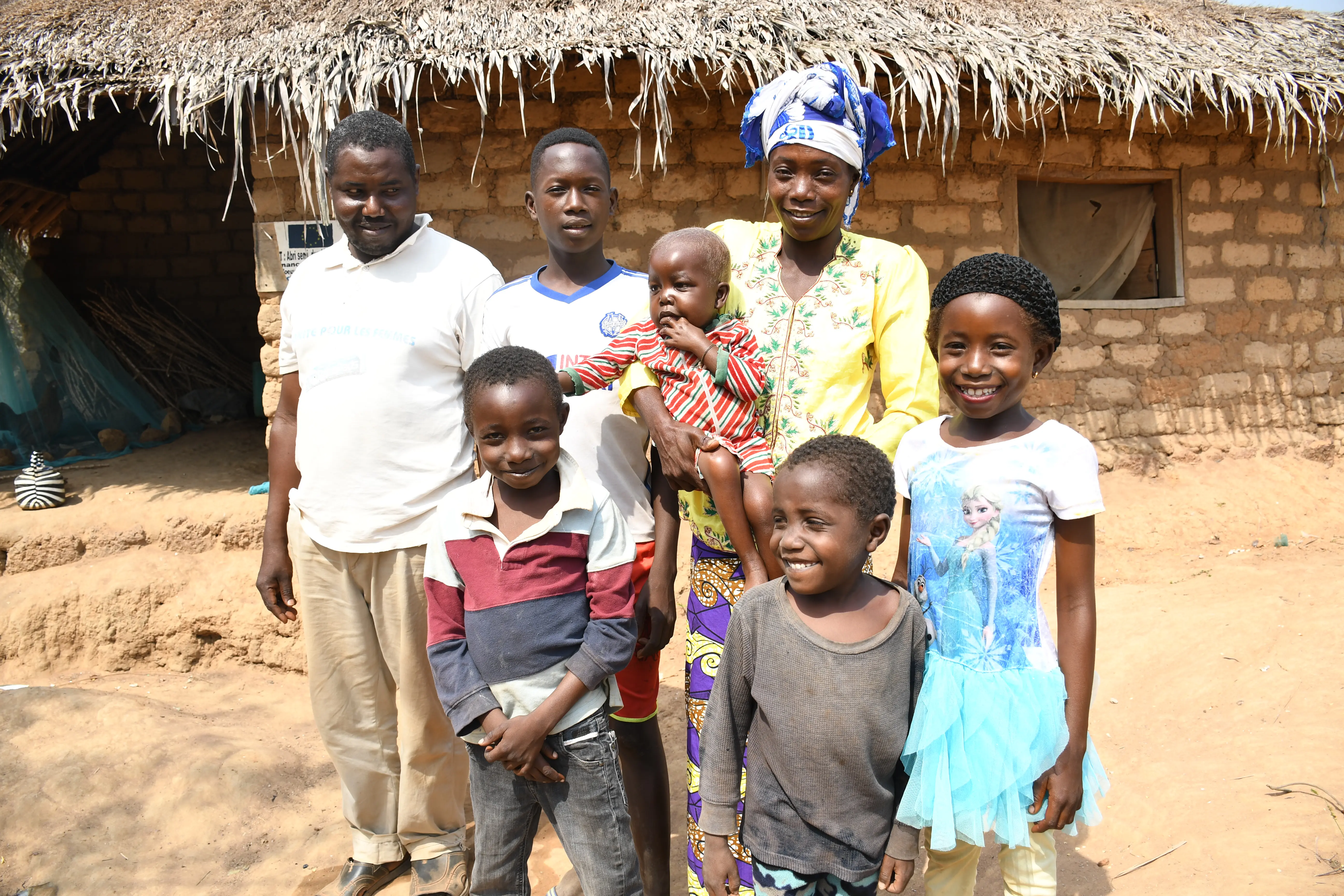Central African Republic Crisis
When her home was burned down by armed men, Germaine fled for her life.
She crossed the Ubangi River and eventually made it to the Democratic Republic of Congo. Now living in exile, she longs to start over and build herself a new home.
Photo: ©UNHCR/John Wessels
Clashes between armed groups have driven people like Germaine from the country. Bringing the overall number of displaced Central Africans to over 1.5 million.
Please help these families find safety and survive.

Shelter
including new community shelters for internally displaced families

Essential supplies
like mattresses, blankets and kitchenware
Livelihoods assistance
to distribute emergency supplies and expedite life-saving food, medical care and water
What’s happening in the Central African Republic?
In 2013, hundreds of thousands of men, women and children fled their homes in the Central African Republic (CAR) in desperation, many seeking refuge in neighbouring Cameroon, Democratic Republic of the Congo and Chad. They arrived in dire condition, having walked for days with little water or food. Many refugees showed signs of brutal attacks and extreme malnutrition.
The situation had been improving to a safer and more secure environment since the violence of 2013, but unfortunately violence sparked once again in May 2017. With fresh and fierce clashes between armed groups—more than 1 million Central Africans have been forced to flee their homes—the highest level of displacement since violence broke out.
UNHCR is working across the country to provide life-saving protection, distribute essential items and set up new community shelters. We’re also on the ground in neighbouring countries—helping refugees survive and support themselves, long into the future.
How has the situation in CAR changed over the last few years?
Refugees and internally displaced people had begun to return home. After 2016, there was steady improvement in the area, however, this was once again interrupted by insecurity and violence. Places that had not been affected by violence before were now dangerous.
What’s the situation in the villages they’ve left behind?
Many villages in CAR lie deserted, with houses burnt, cattle stolen and fields of coffee, manioc and peanuts looted and vandalized by armed groups.
How are families fleeing?
Thousands of people walk for weeks and hide in the forests in a desperate bid to escape, sometimes with nothing to eat or drink. Those who arrive at sites for the displaced have witnessed traumatic scenes of violence, and malnutrition rates have risen to serious levels.
Where are families fleeing to?
Today, CAR continues to experience sporadic surges of violence forcing CAR refugees to remain in neighbouring Cameroon, Chad, the Democratic Republic of the Congo, and the Republic of the Congo, with smaller numbers in Sudan and South Sudan. In addition to the refugees, over 700,000 people have been forced to flee inside the country.
Where can I access the latest data and reports?
CAR Operations—for latest on UNHCR’s relief work to protect displaced people inside the Central African Republic.
Did you know many refugees from CAR escape in canoes, or walk for weeks with little food or water to sustain them?

Cash assistance provides support to Central African refugees.
Lucie, 36, stand with her family near her house at Inke refugee camp, Nord Ubangi Province.
She was forced to flee her home in the Central African Republic in 2013, after armed men attacked her village. Fearing for her life and for the safety of her family, she escaped to the Democratic Republic of the Congo, together with her husband and nine children. After a harrowing journey, they reached Inke refugee camp, a place they have called home ever since. Lucie and her family were selected to receive cash assistance from UNHCR. The $150 grant helped Lucie set up her own retail business and send her eldest child to secondary school.
“Since we came to the camp, my husband and I have been struggling,” she says. “Without the aid we have been receiving, I don’t know what would have become of my family. This money is changing our lives already,” Lucie says.
Photo: © UNHCR/Ghislaine Nentobo
Donate Today
Please help refugee families and internally displaced people in the Central African Republic.
Donate Today
Please help refugee families and internally displaced people in the Central African Republic.


